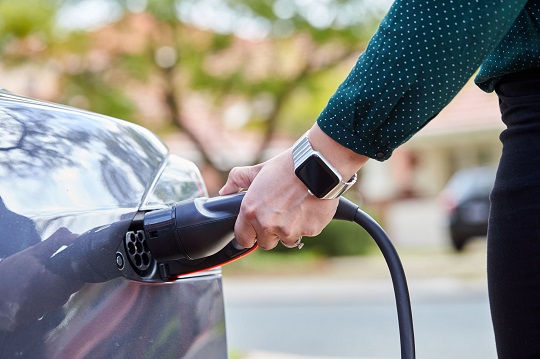Internationals leading the EV charge
Compared to the rest of the world though, Australia has some catching up to do.
In 2019, sales of EV’s hit 2.2 per cent of global car sales.
China and the US dominated in terms of overall volume, with Norway has the highest share of EV’s in its national fleet, with Europe as a whole showing strong appetite.
Although electric vehicle sales dropped in early 2020 due to the COVID-19 pandemic, sales still increased in Germany, UK, Netherlands and Sweden. Despite the uncertainty around the pandemic, EV sales are still ahead of those for petrol and diesel cars. (Source: BloombergNEF)
Plug-ins or hybrids, often seen as the stepping stone to full EV’s, did particularly well in Japan, Sweden and the UK.
Many of those countries have more access to EV models, and at lower prices, with further encouragement through government incentives.
EV take-up in Australia has lagged international counterparts thanks to a mix of reasons, including fewer available models, higher prices, range anxiety and questions about EV charging station infrastructure. However, with lower priced models on their way, the take-up is coming.

Where can you charge up your EV?
You can keep track of EV charging locations, using the free charging station map via the PlugShare app, and on the Electric Vehicle Council website.
Range anxiety is now a state of mind rather than a reality.
There is a growing number of EV charging stations across both metropolitan Perth and regional WA. And with the number of charging stations and most EVs having a range in excess of 200km, you can now go about your daily business, or even safely take a road trip right around Australia, in an EV.
And when you do, the grid will be there, quietly helping to power up our driving future.
* Announced in August 2021, WA will be home to Australia's longest EV fast charging network, spanning 3,000km from Kununurra through to Esperance. Find out more about it here.

